Your Clinic
SET A LOCATION
Your Clinic
SET A LOCATION
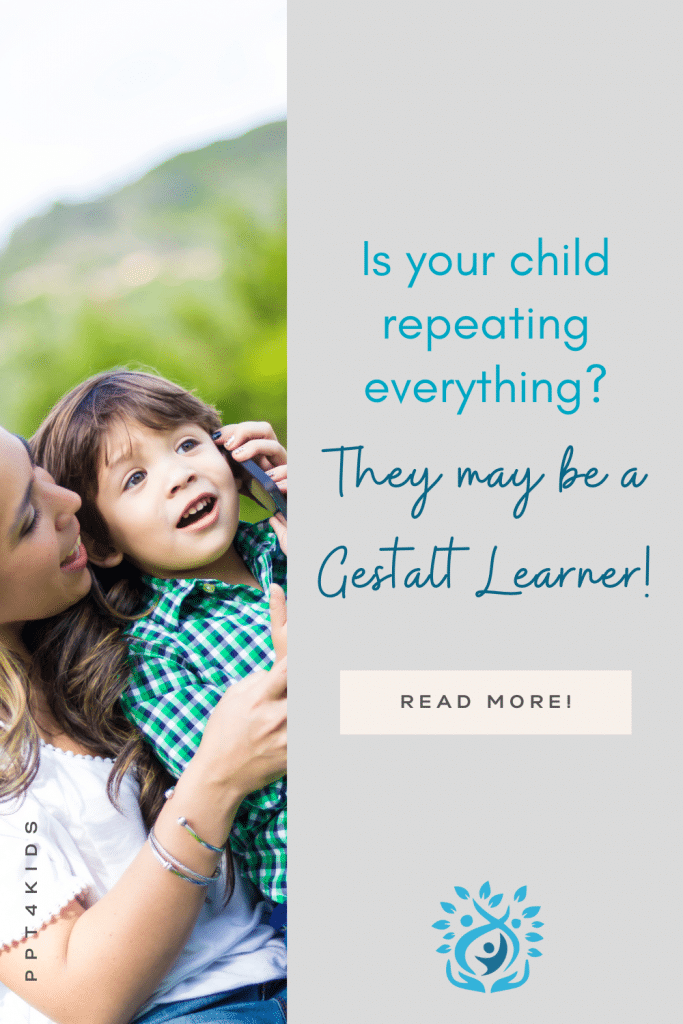
Many of us have assumed that we all develop language in the same way— that we start with single words, then learn to combine words into phrases then sentences. This is called Analytic Language Development.
But guess what? There is also another way of learning language, and it’s called Gestalt Language Development.
So, how does it work? For a gestalt processor, language development begins with chunks of language (a.k.a. gestalts) instead of single words. A child may hear a phrase or sentence and memorize it as an entire unit and give it meaning. However, they may not yet understand what each word within it means individually.
For example, a child may hear a parent say, “let’s get your shoes” every time they are about to go outside. However, they may not yet understand nor know how to use: “let’s” / “get” / “your” / “shoes”, within their own sentences. Instead, they may ask their dad, “let’s get your shoes” as a way to ask to play outside! Another example is “just keep swimming” (from Finding Nemo)– one child’s interpretation may be “don’t give up”, while another child might associate it with the pool or swimming. Now, let’s say a child heard “Happy Halloween” for the first time trick-or-treating — they might say “Happy Halloween!” every time they see or get candy, whether it is during Halloween, Christmas, or a birthday party!
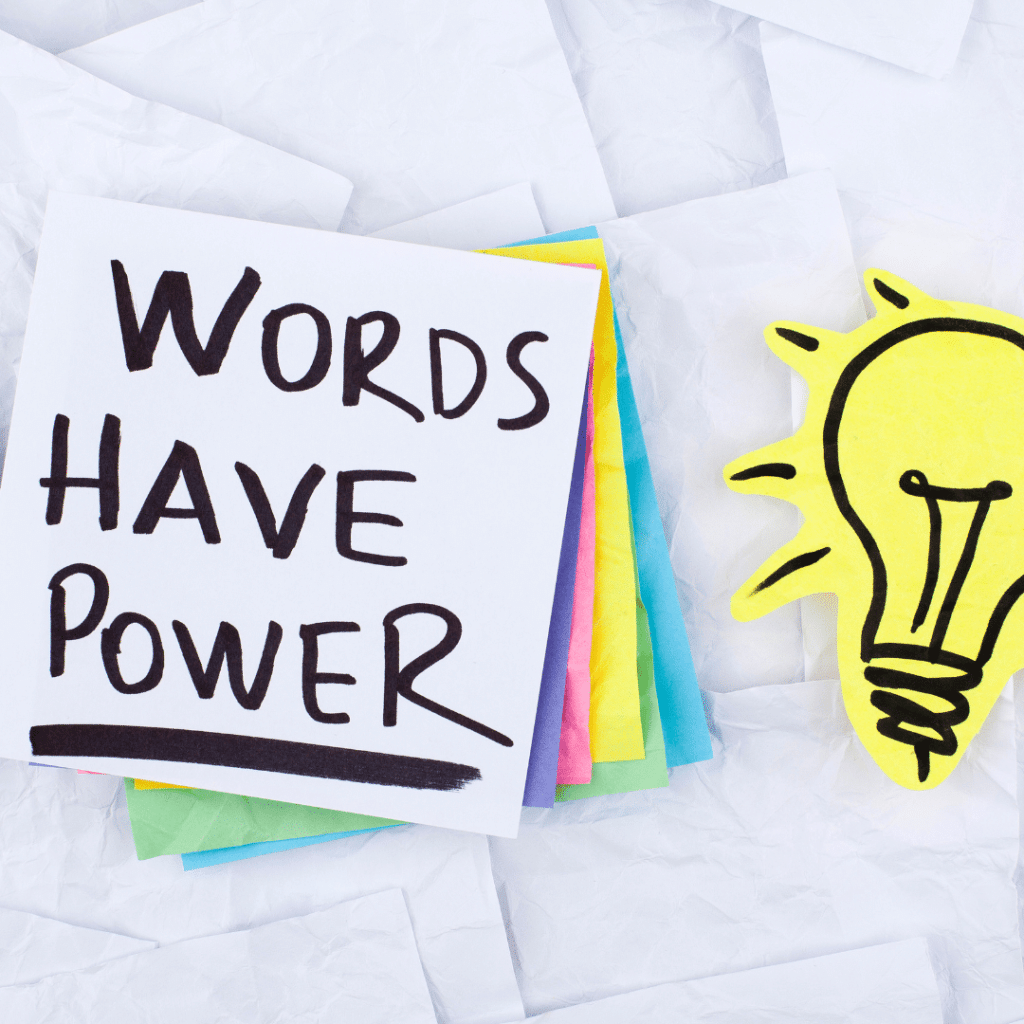
Gestalts are, therefore, usually taken from memorable, emotional events and episodes
experienced through
real-life interactions with people (e.g., parents, teachers) or through exposure to media (e.g., shows, movies, songs, YouTube videos).
The ones that resonate with a child are also ones that usually sound very musical or emotional.
There’s a term called echolalia, which refers to language that is heard and repeated and forms gestalts. This is what a gestalt language processor may initially use to communicate. When language is immediately repeated after it is heard, that is called immediate echolalia, and when language is heard, stored, and repeated at a later time, it is referred to as delayed echolalia. Gestalt learners may use both.
Historically, echolalia was seen as a “meaningless behavior”; something people thought needed to be ignored and extinguished, but echolalia serves a purpose! At times, it may be self-regulatory. Other times, it may be completely communicative, whether or not we understand it at the time. As parents, professionals, and communication partners, it is our job to do the detective work to explore what our child may be actually communicating!
While both styles of language development are natural and valid, and share the same end goal (spontaneous, self-generated language!), we do need to remember that their paths are different and require different tools to get there.
For gestalt learners specifically, it may mean a focus on child-led play, natural language models (in the form of gestalts, or phrases), and a foundation of connection and trust in order to create meaningful experiences. In addition, it may mean specific support with moving across the stages within Gestalt Language Development, which can be outlined by the Natural Language Acquisition (NLA) framework developed by Marge Blanc and colleagues. This process involves picking up gestalts, breaking them down into smaller parts, and eventually learning how to use individual words to make original phrases and sentences.
Understanding a difference between the two styles of language processing can literally change your child’s life.

If your child’s language looks like the above, they may be a gestalt learner!
Don’t hesitate to schedule a speech-language evaluation with us. We can help you explore how your child processes language and begin this exciting, new language journey together!
Looking for a visual, hands-on tool to support your child's language development at home? We recommend the Stages Learning Materials Language Builder Picture Cards. These cards are great for helping children build comprehension, sequencing skills, and meaningful connections between actions and phrases.
The post
Echolalia and Gestalt Language Learning: The “Other” Way appeared first on
PPT4Kids .



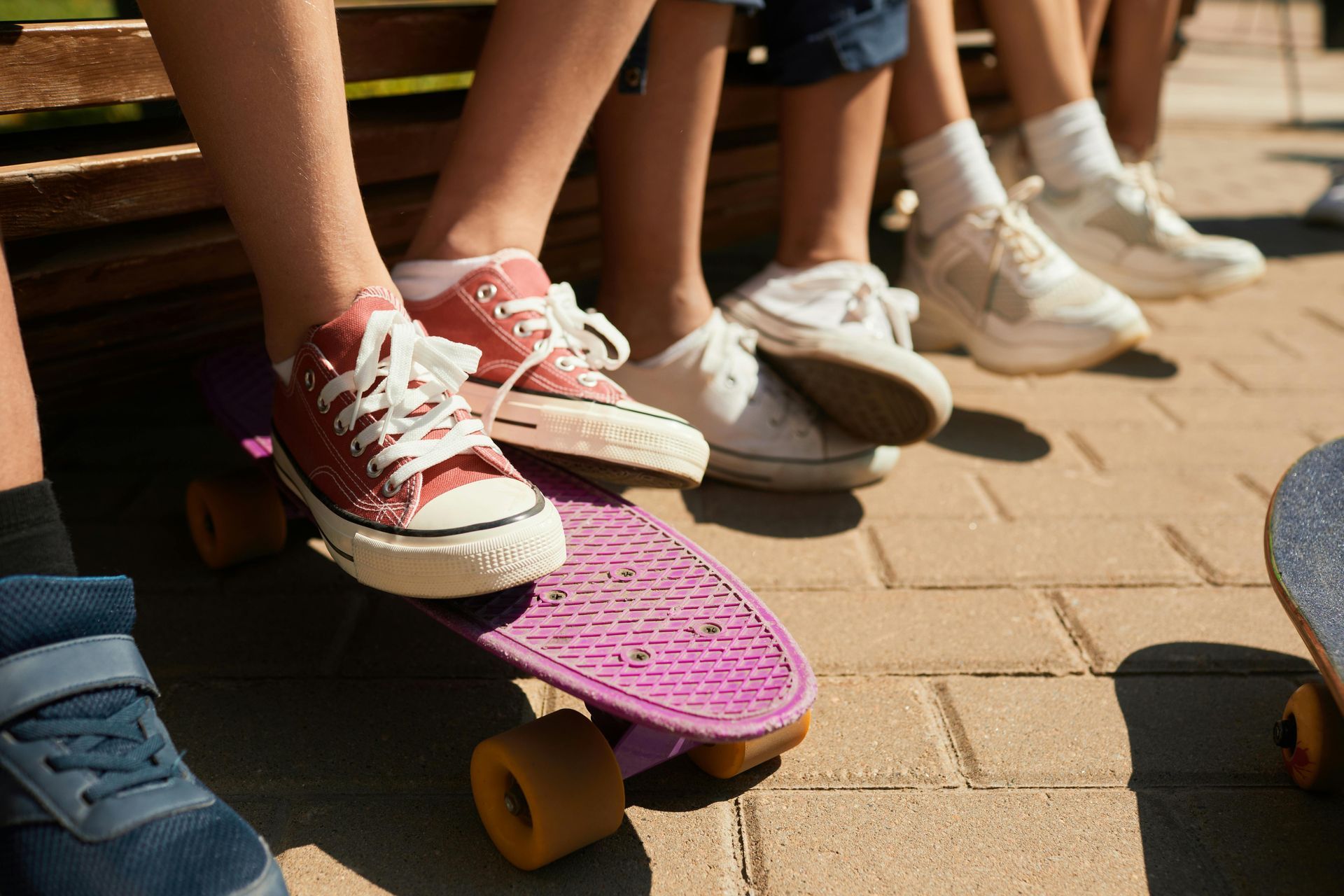
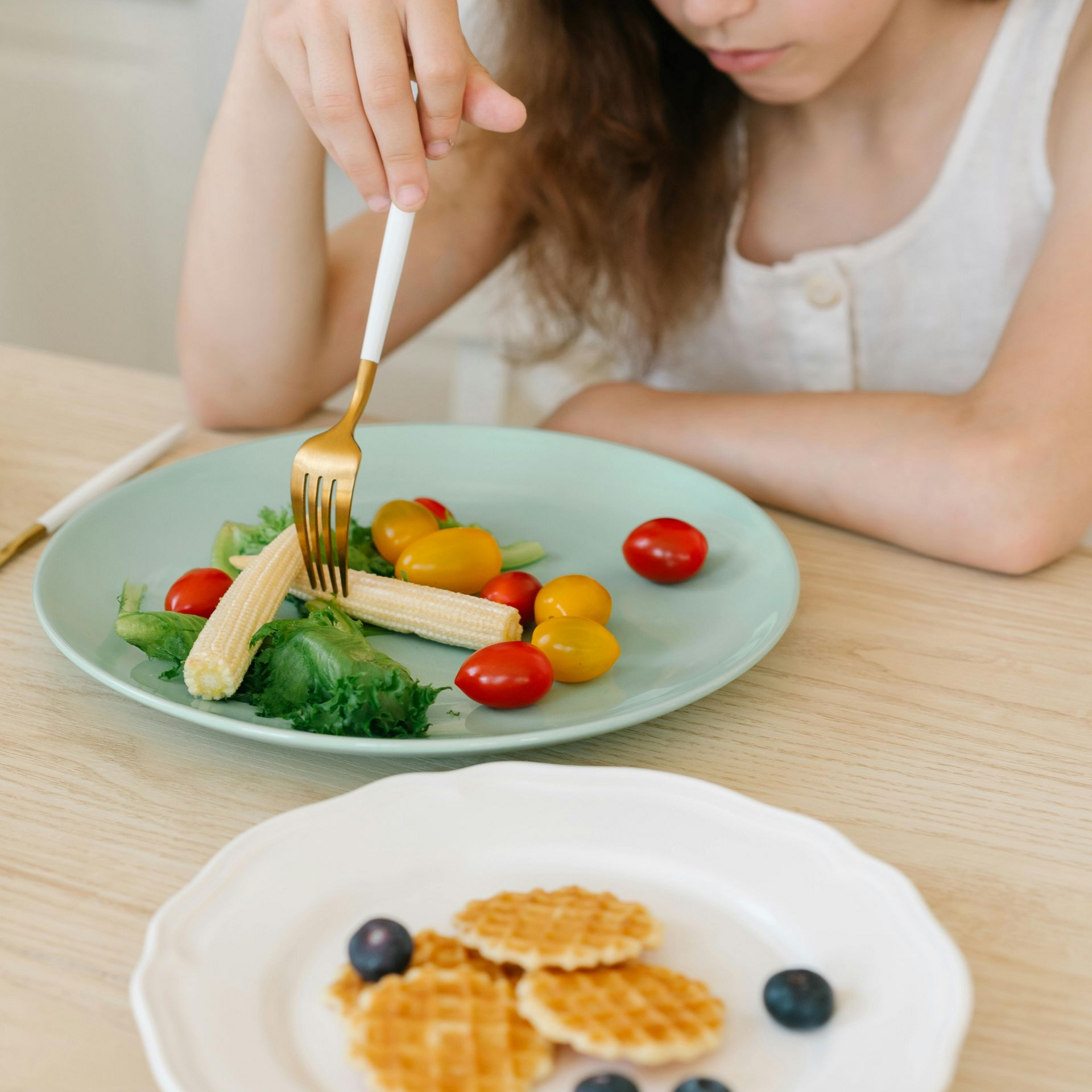

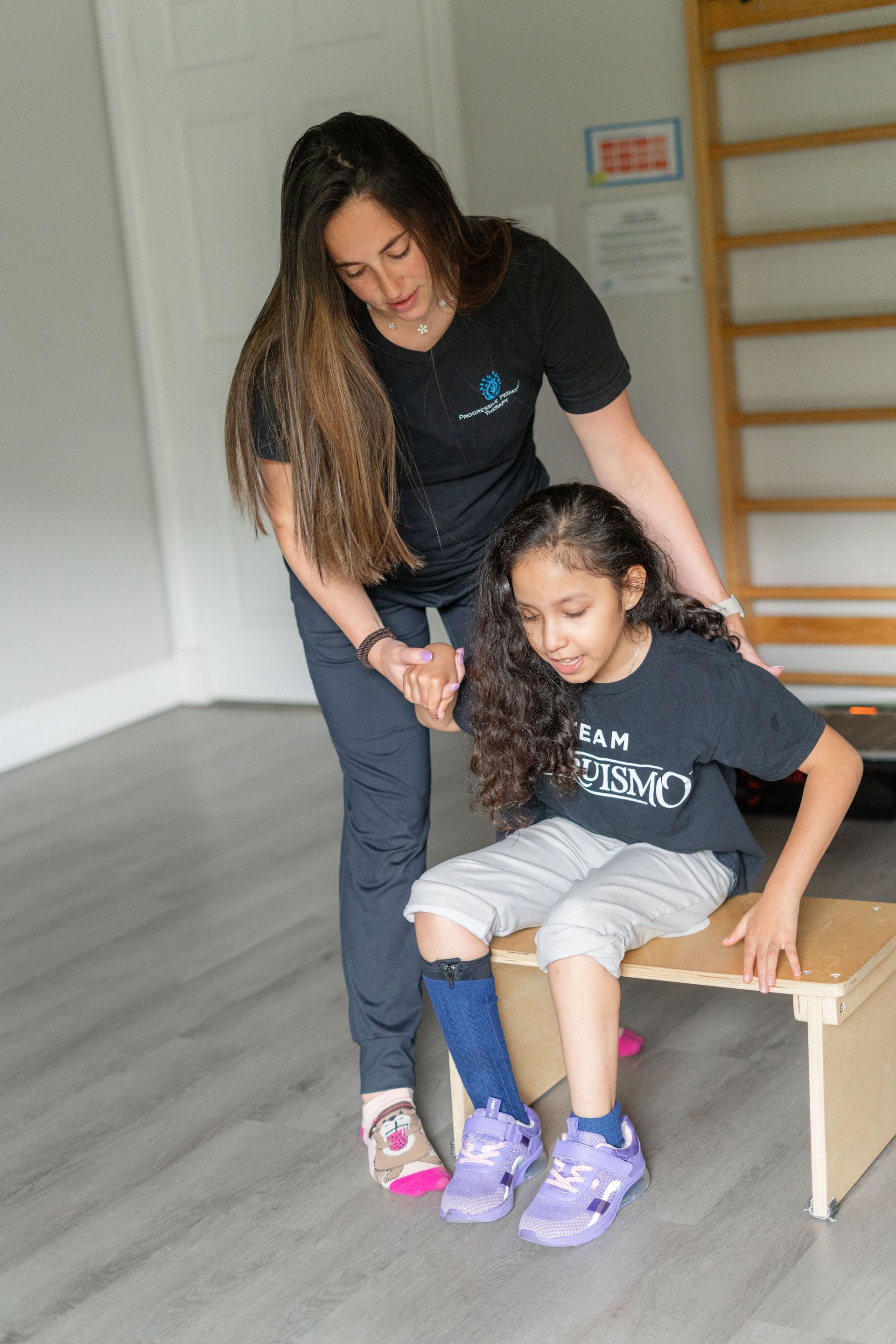
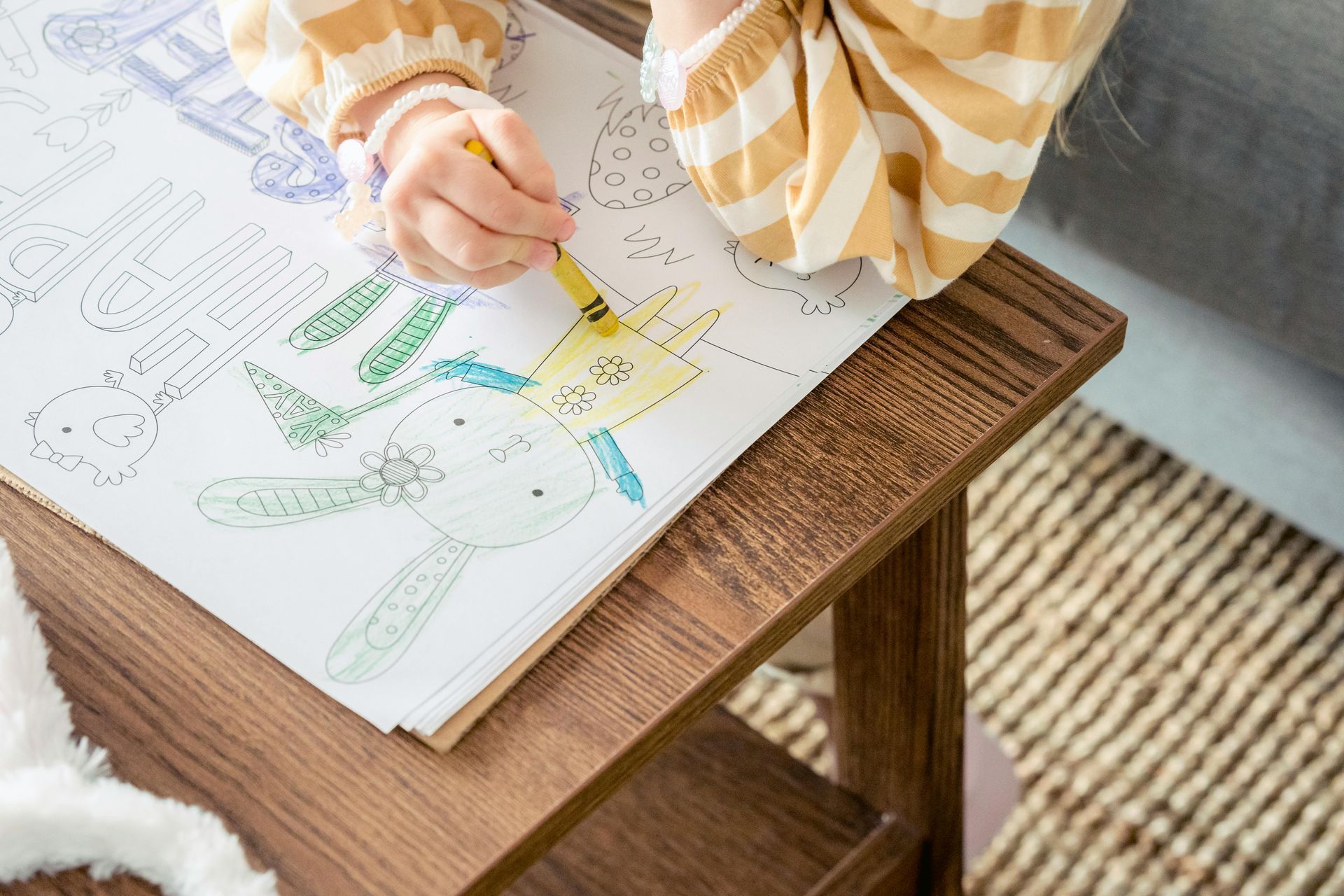
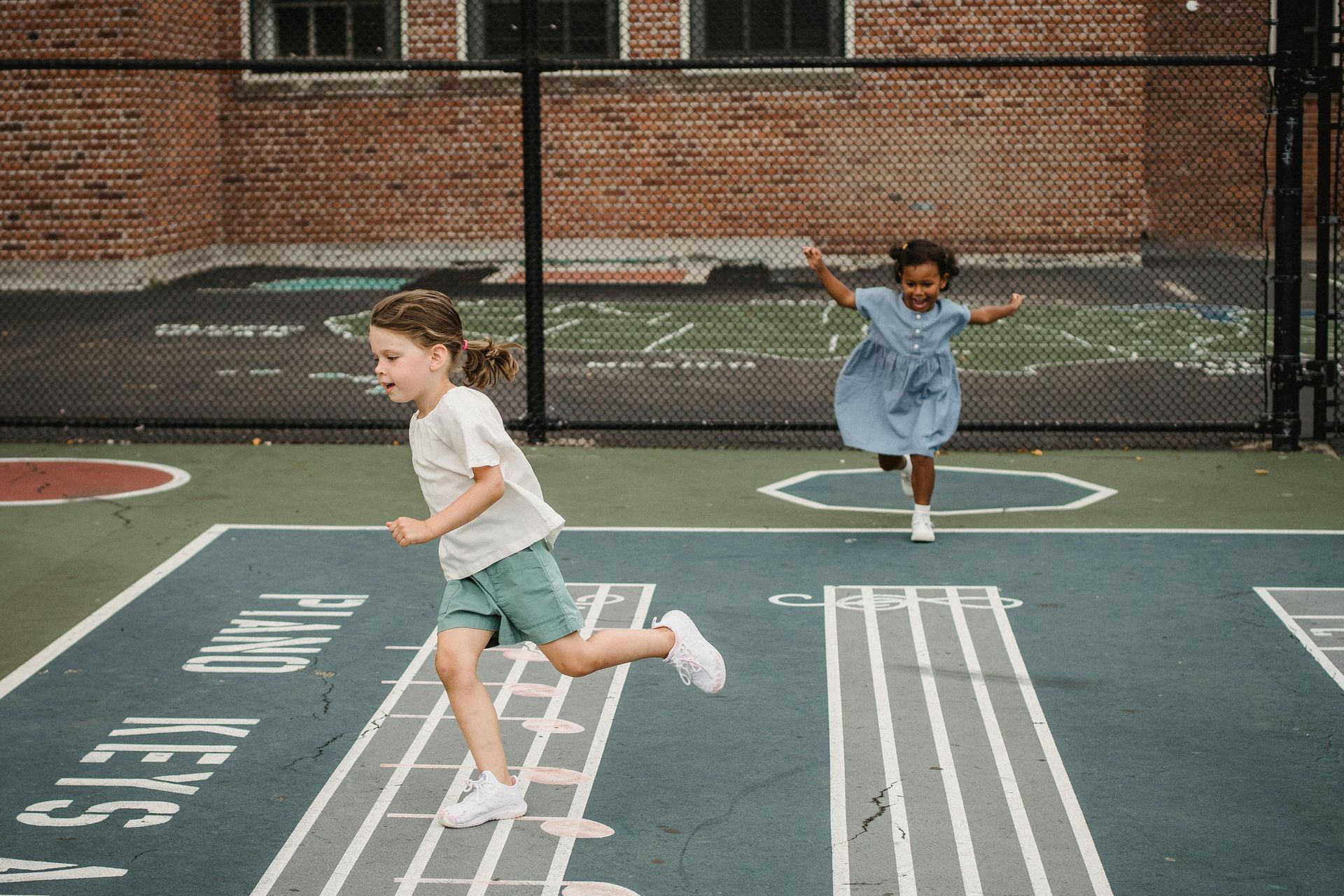
We empower children, families, and the community to learn, grow, and celebrate every child's unique abilities.
Quick Links
Contact Details
Phone: 561-376-2573 | 561-918-0190
Fax: 561-218-4939
VIP Concierge: 561-717-1764
Clinic Locations
All Rights Reserved | Progressive Pediatric Therapy, Inc. | Privacy Policy | Terms of Service
Site by Spearlance